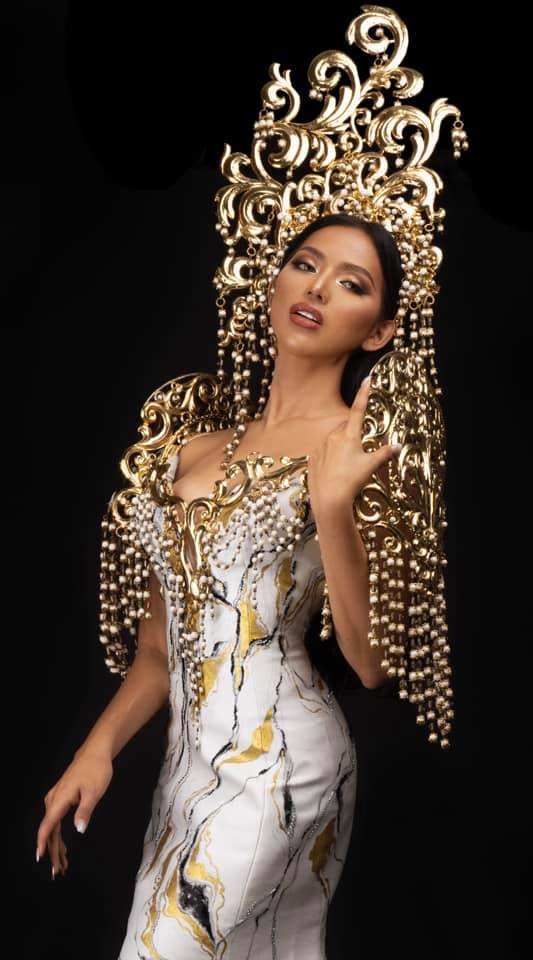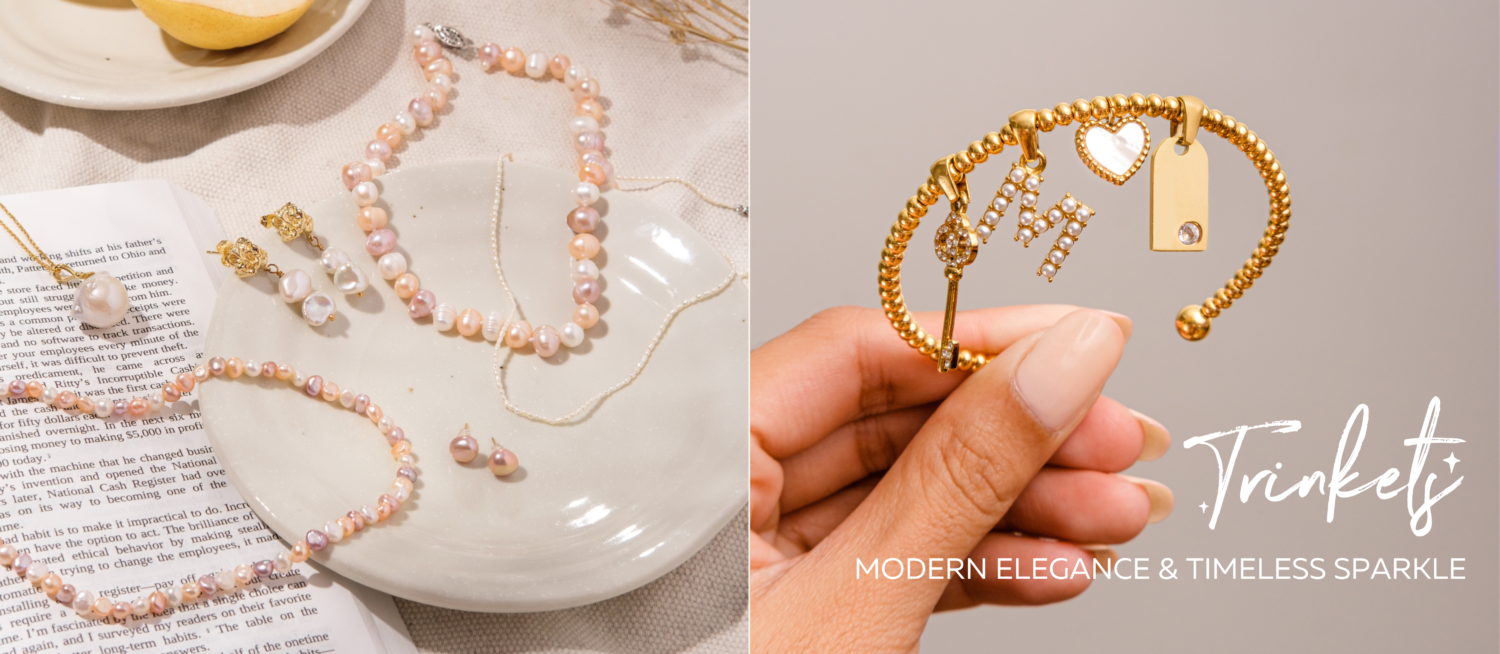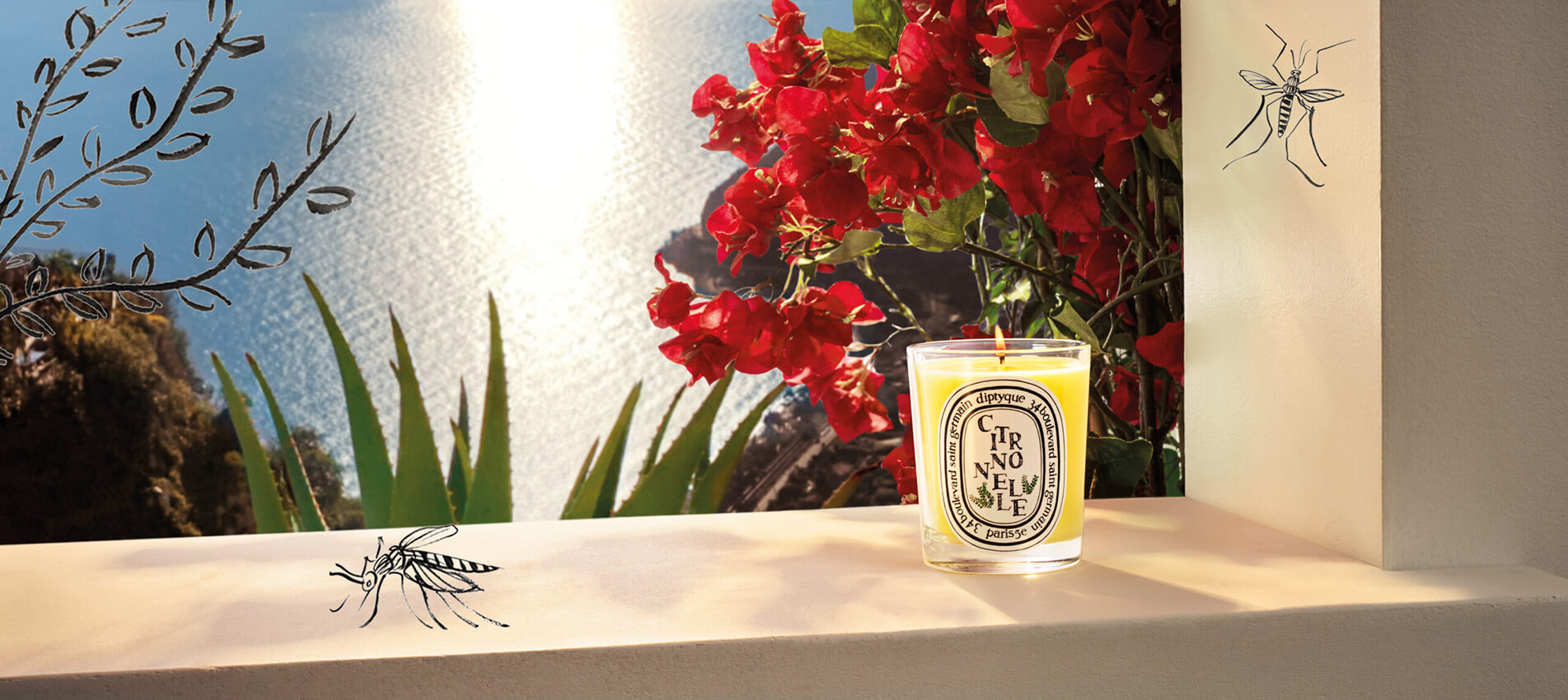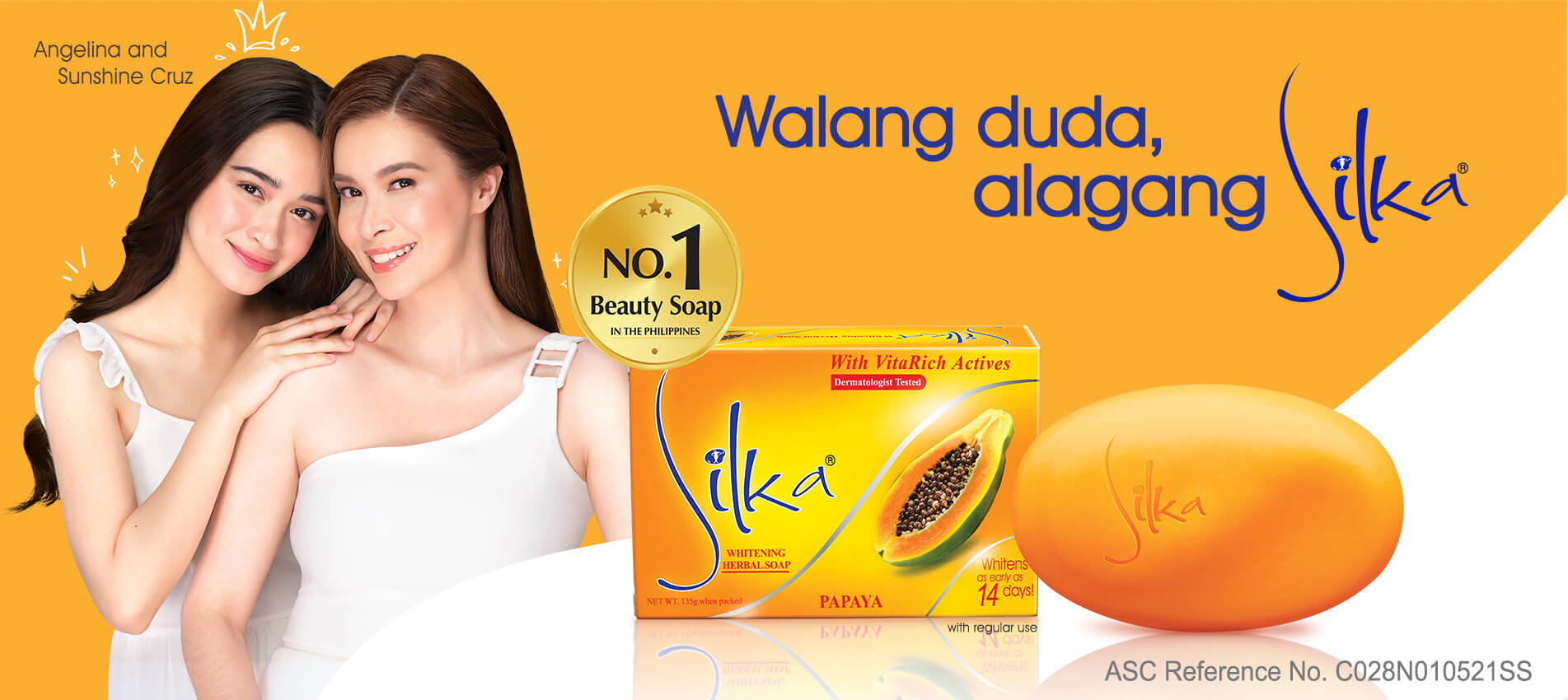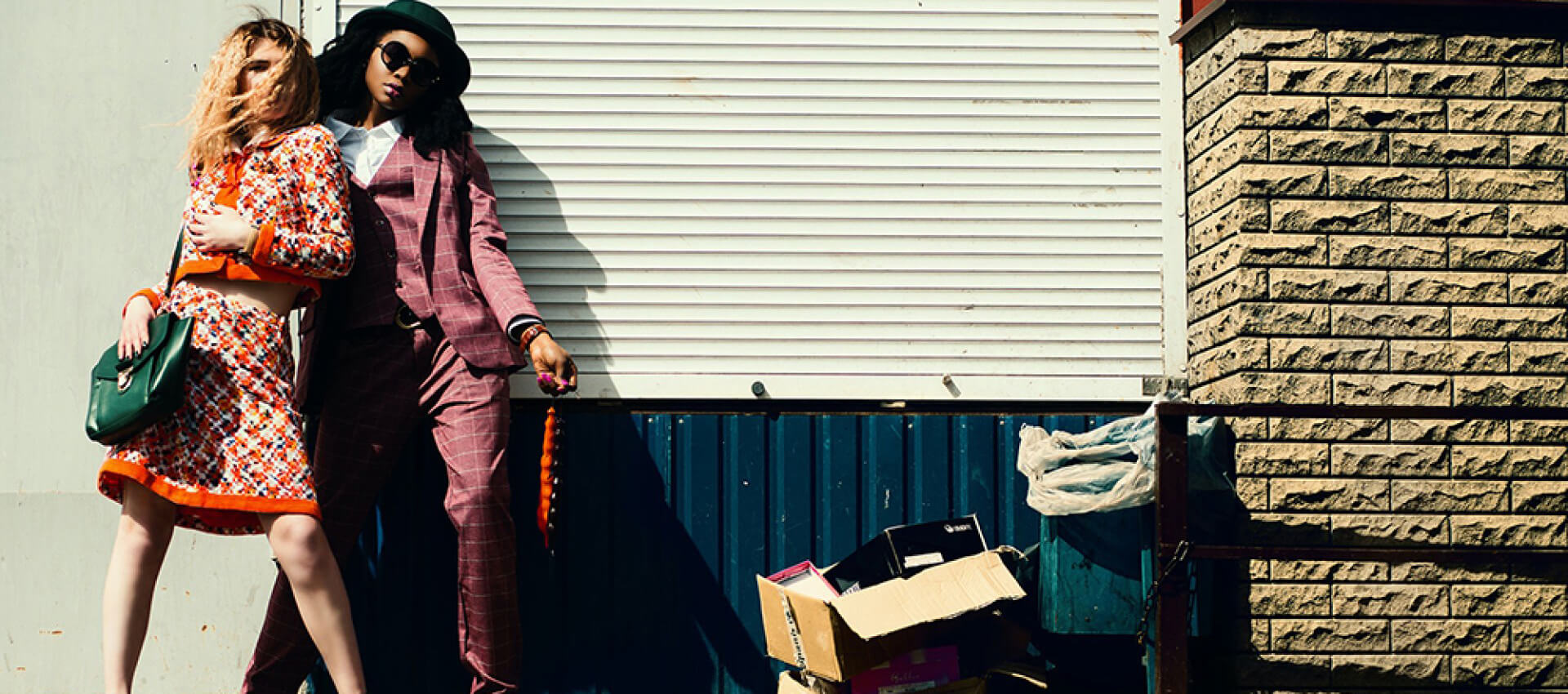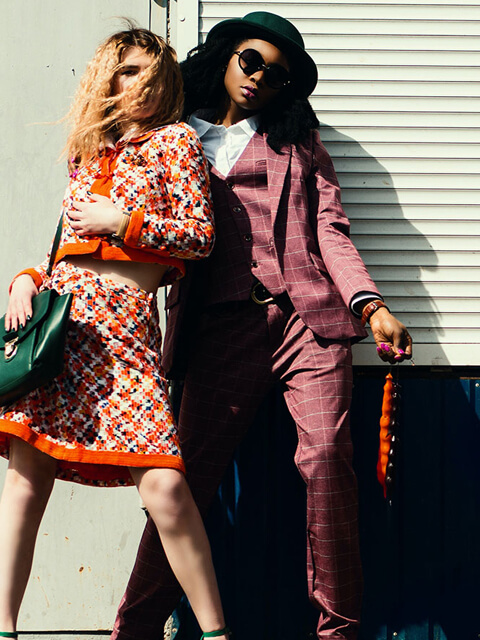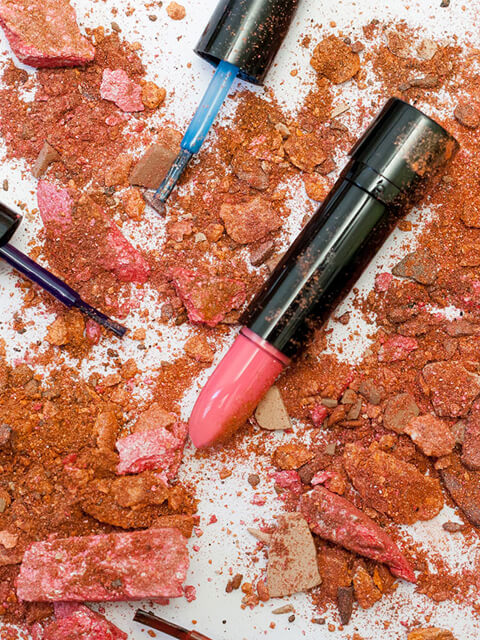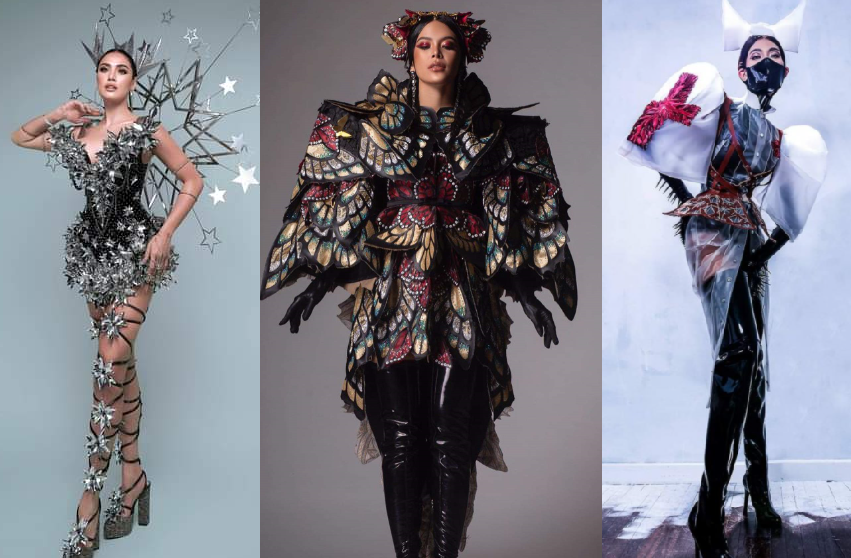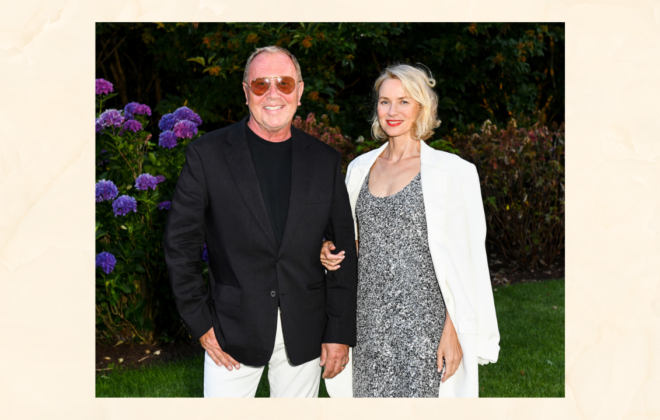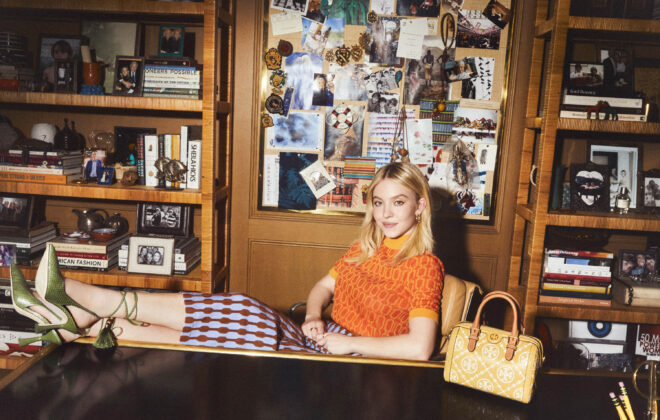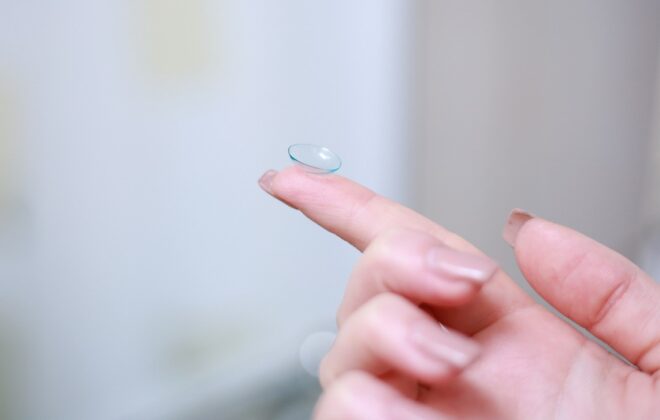Miss Universe Philippines 2020: Haute Couture Designers Behind the National Costumes
The recently concluded Miss Universe Philippines 2020 showcased the most beautiful Filipinas in the country right now, and of course, the most brilliant creations by our beloved Filipino fashion designers during the national costume competition! Let’s just appreciate that the national costumes are just straight up haute couture masterpieces but only better, as each one embodies a deep sense of history, inspiration and ingenuity.
“I look forward to a pageant in which fashion will be one of the things that will be given importance. Not only the creations but the creator themselves,” Design Council head of Miss Universe Philippines Albert Andrada told Manila Bulletin Lifestyle. “The MUP will serve as a platform wherein Filipinos can showcase their creativity in the local and international scene.”
The spotlight is on these amazing Filipino fashion couturiers who not only presented jaw-dropping fashion creations, but as well as pieces that truly tell the stories of beauty, heritage and culture of different cities and islands in the Philippines:
Designer Ericka Evangelista for Rizal Province
First off is fashion designer Ericka Evangelista, who is also the candidate representing Rizal. Of course, she wore her very own creation in the national costume segment. She shared that her gown was inspired by Regina Reica, the biggest Mama Mary in Southeast Asia found in her hometown Tanay, Rizal. 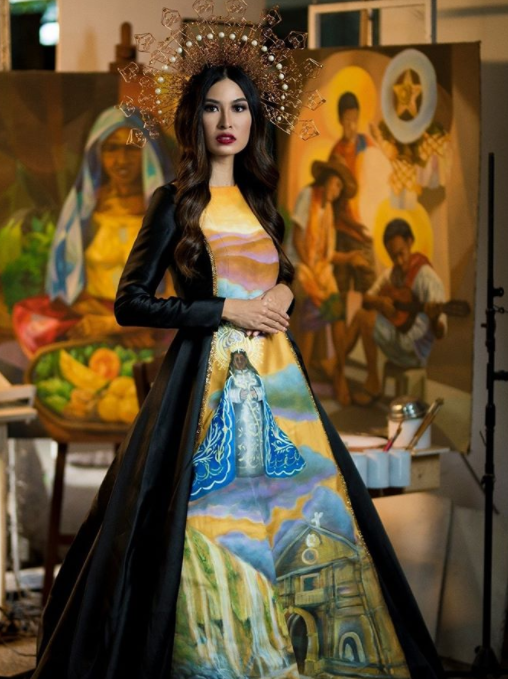
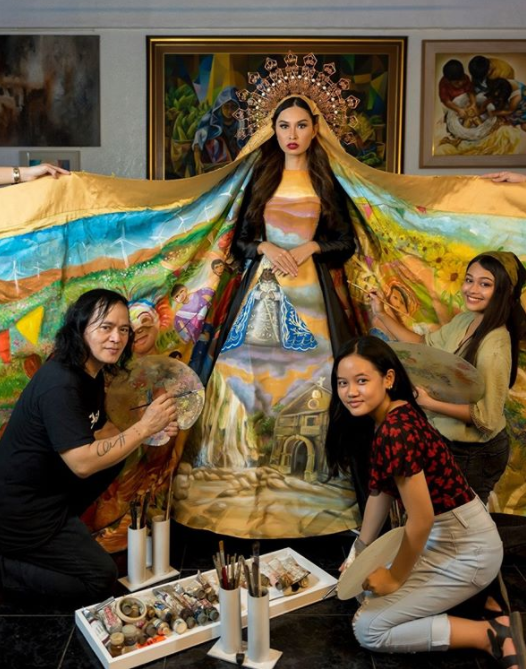 The Rizal representative expounded the inspiration behind her self-made entry. “I used the base figure of Mama Mary as the silhouette of the main gown. Even more so, I loved the idea of representing my province, Rizal, through art!” The lovely gown was also hand-painted by local artists Marie Juana, Juria, Vincent Padilla and Orville Tiamson. This national costume truly showcased why Rizal is the Art Capital of the Philippines.
The Rizal representative expounded the inspiration behind her self-made entry. “I used the base figure of Mama Mary as the silhouette of the main gown. Even more so, I loved the idea of representing my province, Rizal, through art!” The lovely gown was also hand-painted by local artists Marie Juana, Juria, Vincent Padilla and Orville Tiamson. This national costume truly showcased why Rizal is the Art Capital of the Philippines.
We stan this beauty queen who’s also a royalty in fashion as she runs her own two brands: RTW line Designer Staples and bespoke house Deigns by Ericka.
Designer Mara Chua for Pasay City
Zandra Nicole Sta. Maria from Pasay City rocked a creation by Mara Chua. The bespoke costume is an avante garde take on the modern Filipina medical frontliner.
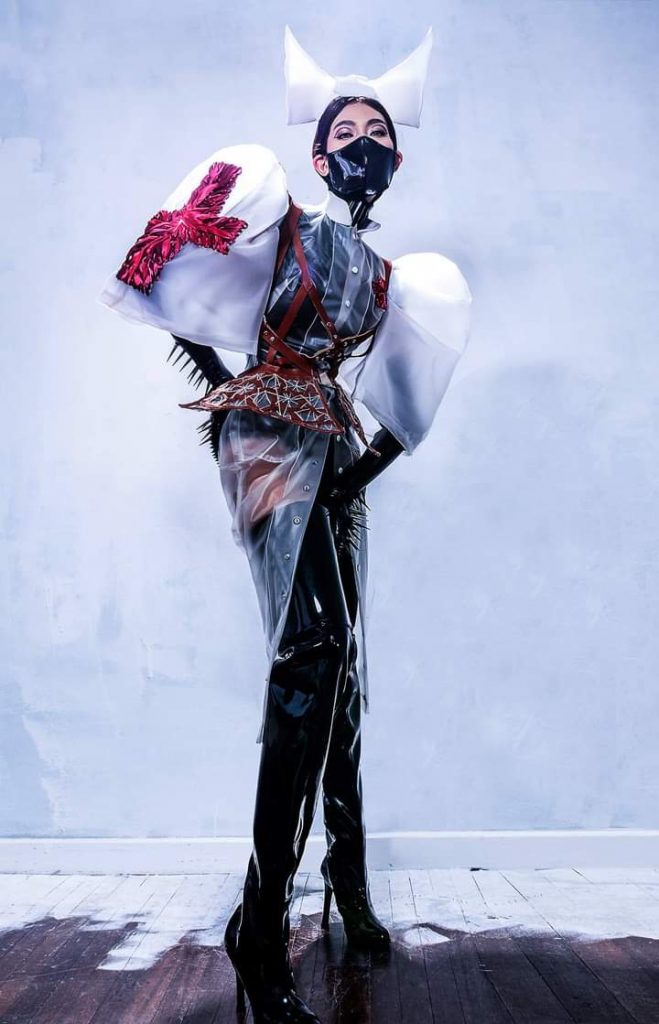
Fashion designer Mara Chua shared that her creation dubbed as Manggagamot is meant to “highlight the spirit of the Filipino of 2020”, as the creation is a homage to the modern heroes in this time of pandemic.
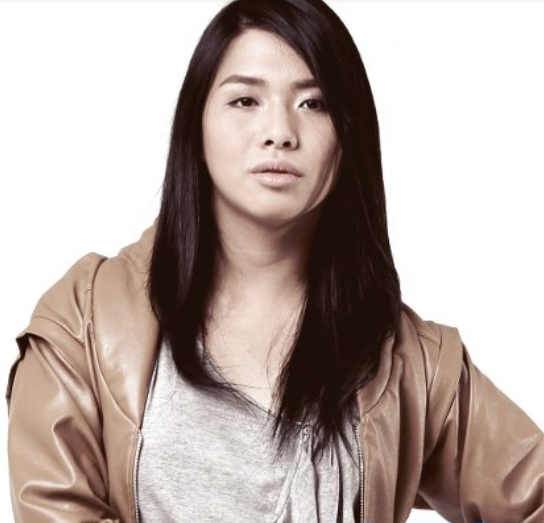
The designer further described her inspiration on Instagram. “What’s more symbolic of the Filipino today than our heroic healthcare workers who are standing as frontliners battling against this pandemic not just in the Philippines, but across the world. For our costume, we wanted to explore our very deep cultural connection to healing from our pre-Hispanic manggagamot, to being the world leader in producing health care professionals, but given an unapologetically modern perspective. I decided to employ non-traditional materials and heavily infused BDSM and slasher elements to depict strength, power and liberation. And truly push the envelope on what a piece of garment reflective of our times and our identity can become.”
Designer Louis Pangilinan for Bulacan
Beauty queen Daniella Louise Loya from Bulacan wore an elegant creation by fashion designer Louis Pangilinan.
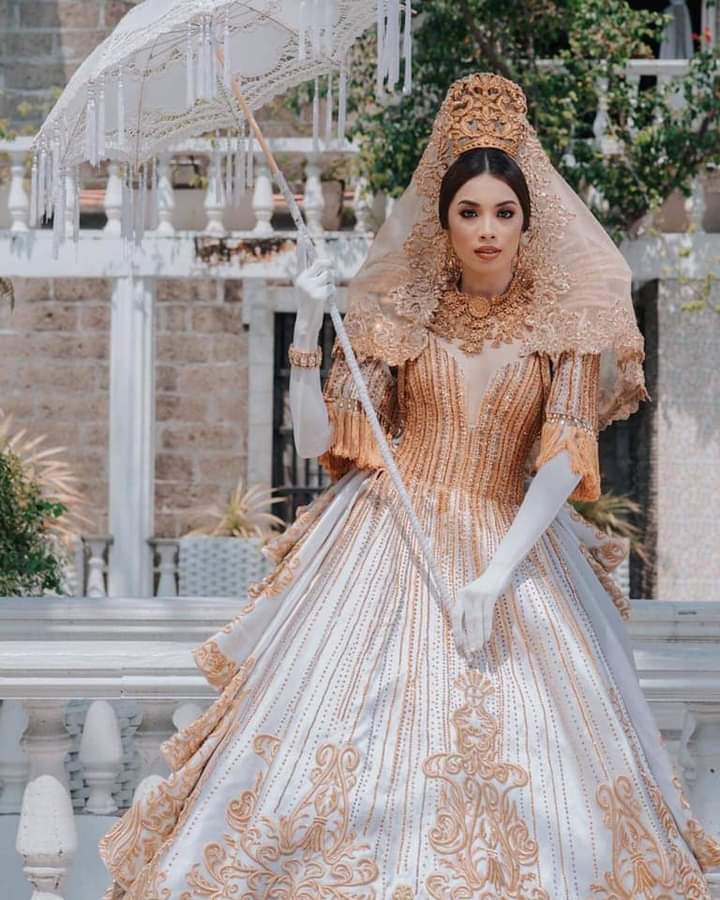
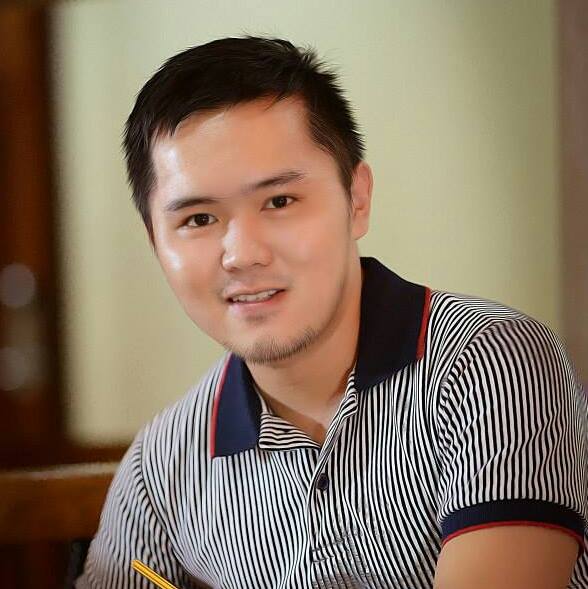
The fashion designer showcased his interpretation of a Spanish-style terno, which he called La Bulakeña. This Filipiniana creation is made possible with the help of the craftsmen of Hangonoy, Bulacan– embodying the rich history of fashion in the Philippines during the 300-year Spanish regimen in the country more than a century ago.
Designer Raj Cologne for La Union
Designer Raj Calogne created this outlandish gown for Trizha Bartolome Ocampo, which was inspired by La Union’s surfing destination fame. Raj created a terno mimicking the sunset above a mosaic of sea waves.
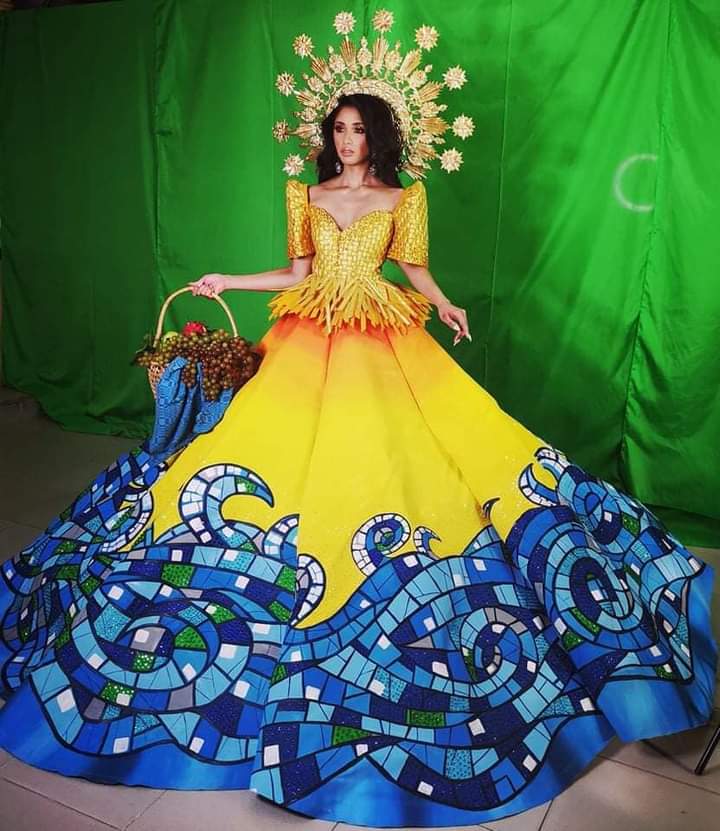
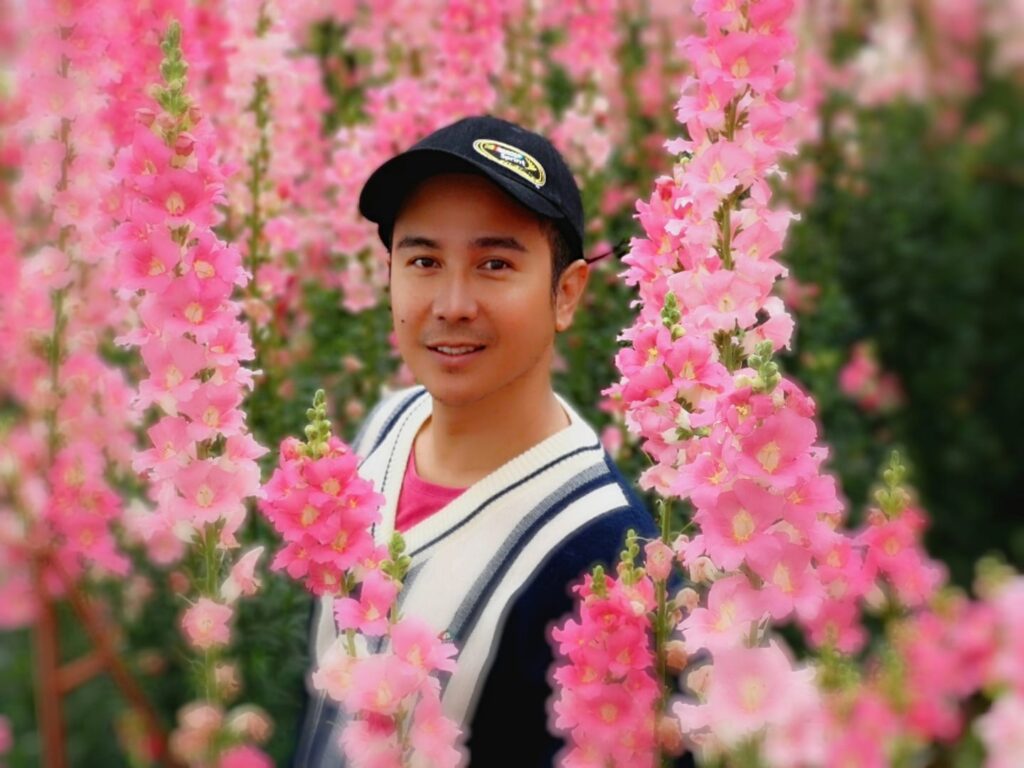
Fashion designer Raj CologneThe designer shared, “We did a direct hand-painting technique depicting the majestic waves and magnificent sunset of our La Union. The costume also depicts the craftmanship of agricultural and farming industry of the province as evident in the weaving pattern likened to the bamboo basket industry of the province.” He also noted Our Lady of Namacpacan Shrine, Basilica Minore and Nuestra Seniora del Mar Virgen Cautiva as inspirations, which “capture the God-fearing attitude” of the people of La Union.
Designers Mikee Andrei and Noel Bompat Estopito for Bohol
Pauline Amelinckx of Bohol donned a fiery couture by Mikee Andrei and Noel Bompat Estopito.
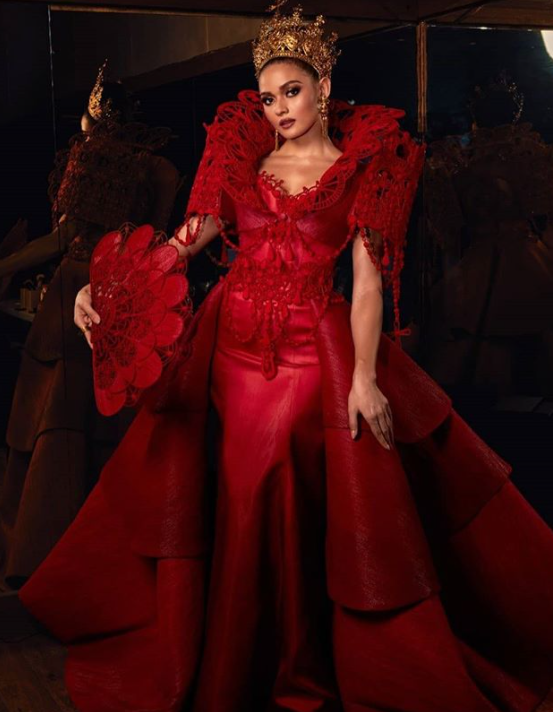 “Puwa, which means red, is the color of blood and a color of strength, courage and power,” Mikee said.
“Puwa, which means red, is the color of blood and a color of strength, courage and power,” Mikee said.
“We have the color red to represent the Sandugo Festival or the historical Blood Compact of Bohol. We have symbols of faith such as crosses in the crown, accessories and the rosary in the butterfly sleeves. There are some little church architectures in the sleeves too.”
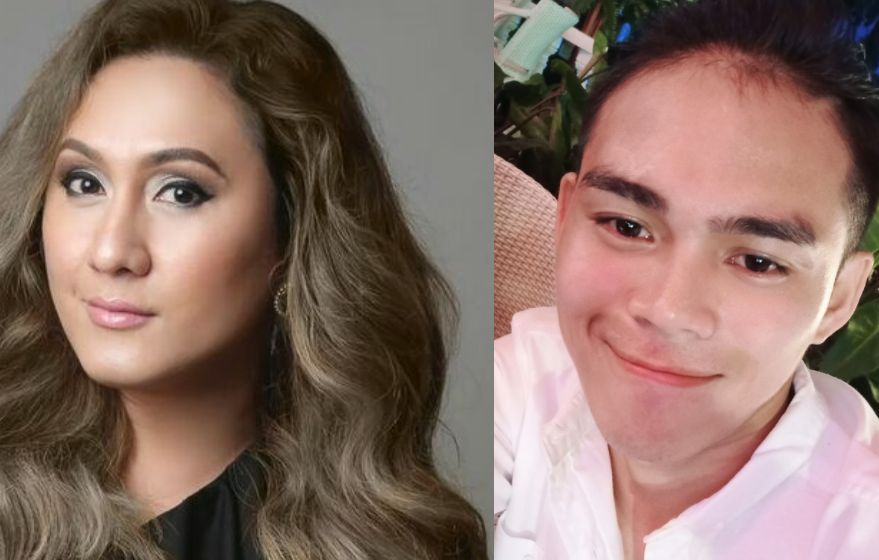
According to Mikee, a major part of the dress is made of Raffia material by Tubigon Loomweavers, which are from this candidate’s hometown. “We have worked with them in coming up with the perfect shade of red after multiple changes and trials, and made the volume skirt transpire like the magnificent cones of the Chocolate Hills.”
Designer Omar Sali for Marinduque
Candidate Maria Lianina Macalino of Marinduque donned the Lechon ni Ineng couture, created by Omar Sali. Inspired by the Lechon Festival of Marinduque, the costume recognizes the Torrijos tradition of making and serving roasted pigs or lechon.
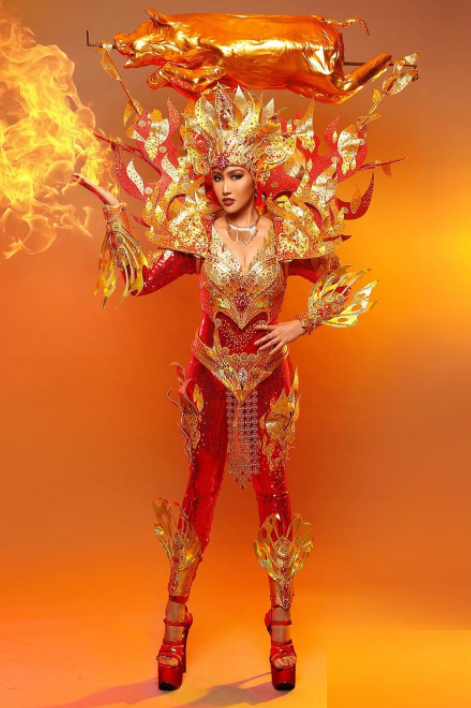
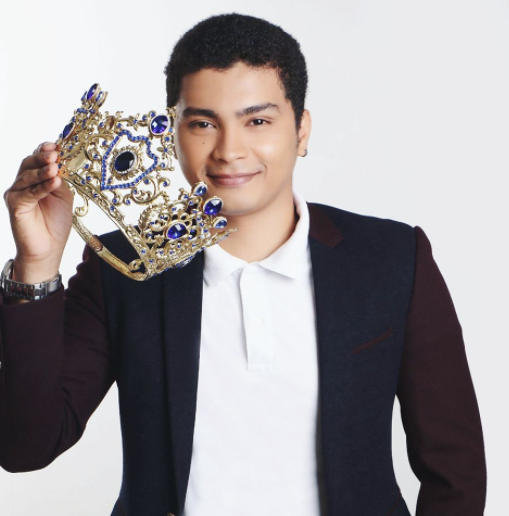 “Avant-garde is the style utilized to portray women’s fiery passion matched with the celebration of the continued success and abundance of both Torrijos and Marinduque in general. The costume is named “Lechon ni Ineng” as it represents women’s burning passion in achieving whatever they desire,” Omar said. This designer is also a crown-maker.
“Avant-garde is the style utilized to portray women’s fiery passion matched with the celebration of the continued success and abundance of both Torrijos and Marinduque in general. The costume is named “Lechon ni Ineng” as it represents women’s burning passion in achieving whatever they desire,” Omar said. This designer is also a crown-maker.
Designer Ruffy Itaas for Antique
Ruffy Itaas dressed up Joecel Marie Robenta as an Antiqueña warrior queen in this costume inspired by Antique’s Binirayan Festival.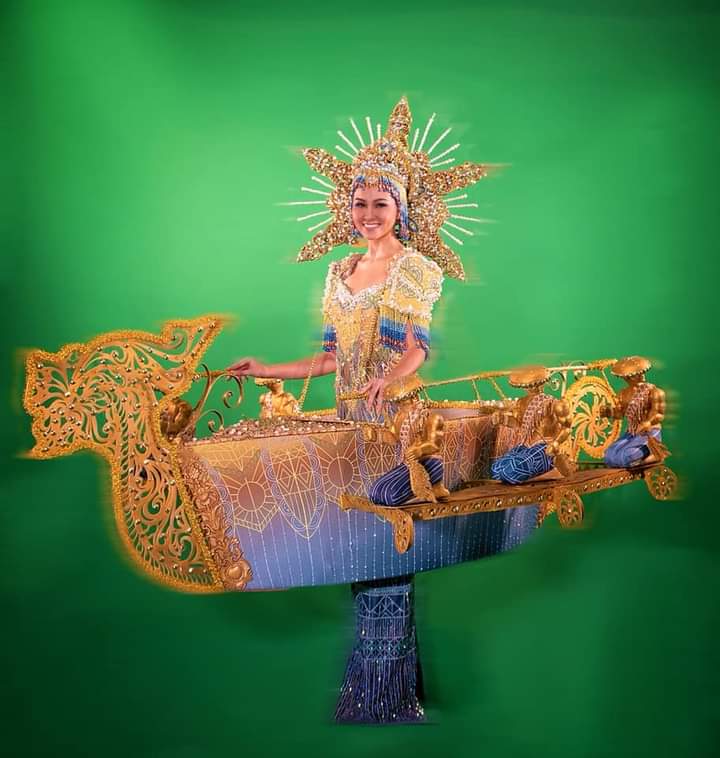
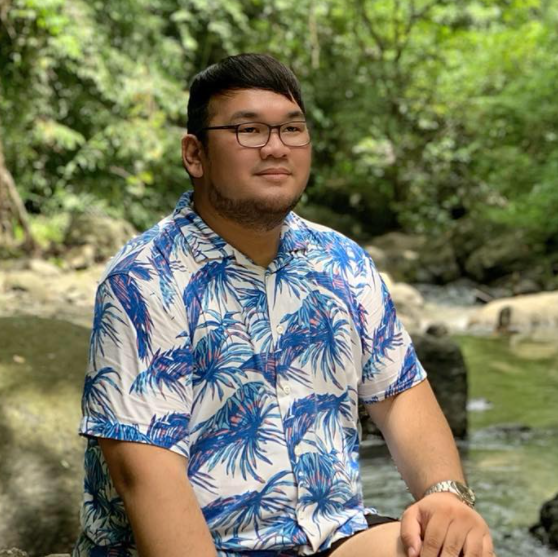

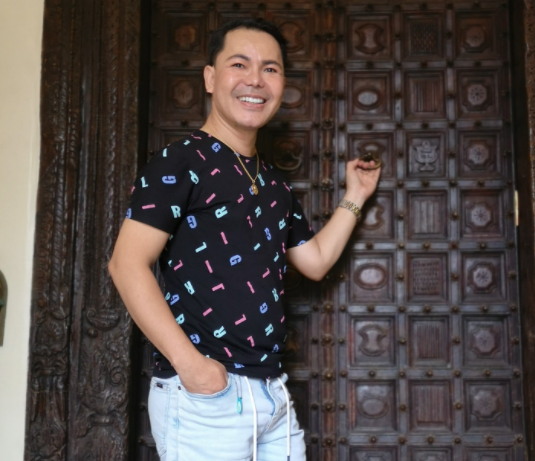
“My design is called ‘The Bibingka Vendor’, inspired by the vendors who sell native rice cake or bingka,” he said. “My team, The House of Ozar (created this) with great honor and pride, made with rattan and rafia fiber, wooden beads, abaca ropes and dried anahaw leaves.”
Designer Axel Que for Cebu City
Cebu City’s candidate Tracy Maureen Perez looks stunning in this Axel Que creation.
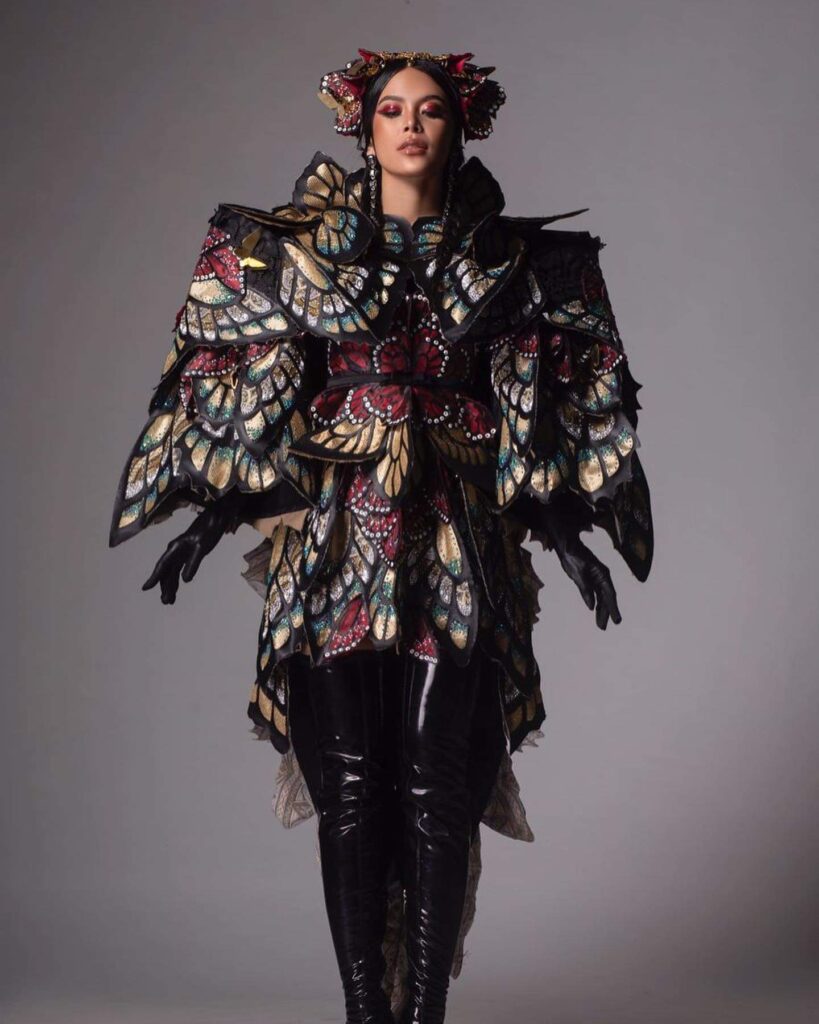
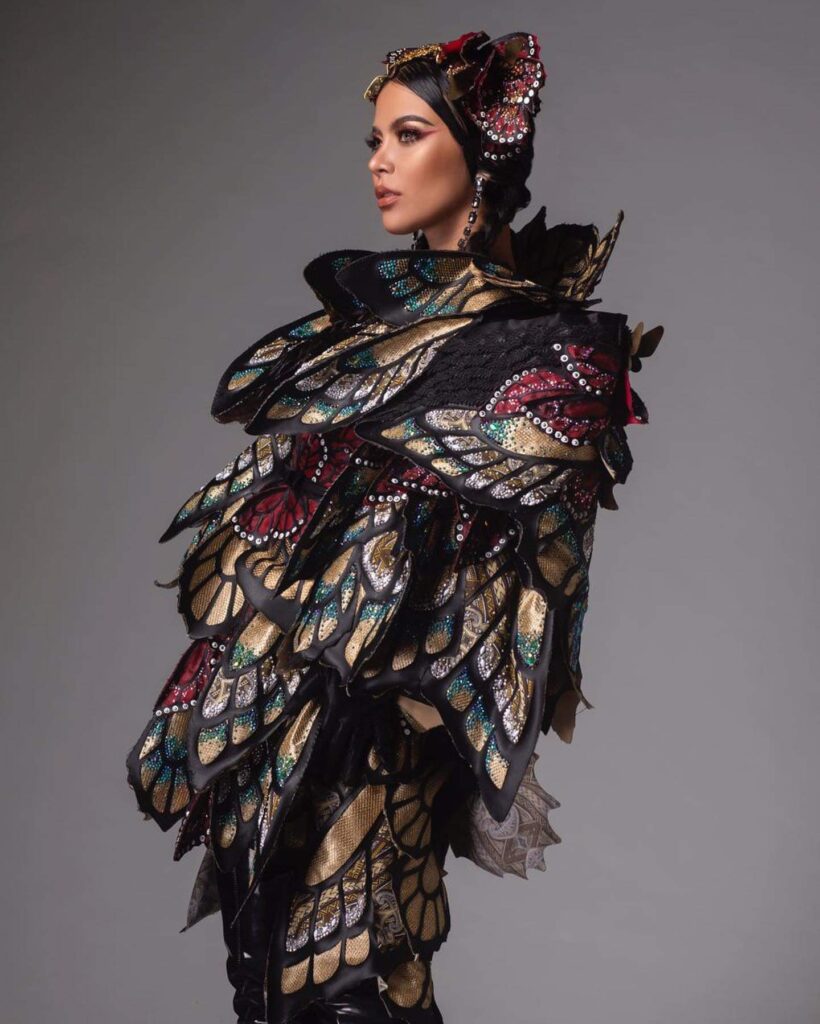 “Miss Universe Philippines Cebu City Tracy Maureen Perez is serving metaphoric metamorphosis value, at the same time paying homage to the Great Cebuano lepidopterist and artist: Julian Jumalon,” Axel shared.
“Miss Universe Philippines Cebu City Tracy Maureen Perez is serving metaphoric metamorphosis value, at the same time paying homage to the Great Cebuano lepidopterist and artist: Julian Jumalon,” Axel shared.
Designer Tata Blas- Pinuela for Iloilo City
Iloilo City’s representative and now Miss Universe Philippines 2020 Rabiya Mateo sashayed in her national costume by Tata Blas-Pinuela.
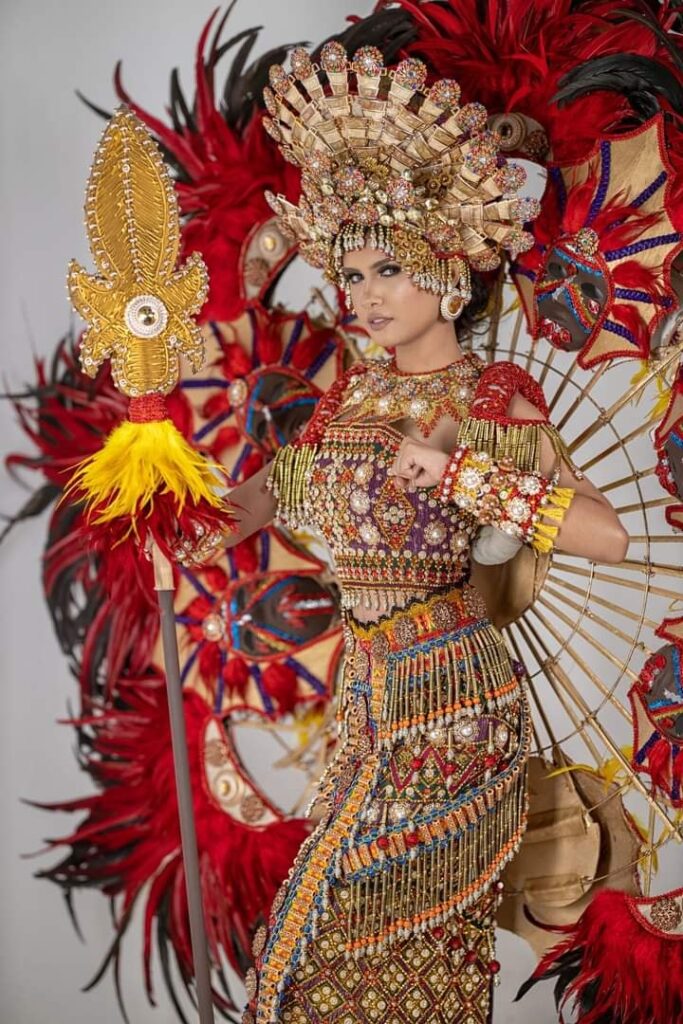

Designer Wilson Niñofranco Limon for Davao City
Dubbed as Dabawenya, this Wilson Niñofranco Limon creation was worn by Alaiza Malinao, representative of Davao City. It is the designer’s interpretation of the Bagobo Tagabawa attire, in collaboration with Bagobo Tagabawa artisan, Bae Arlyne Salazar.
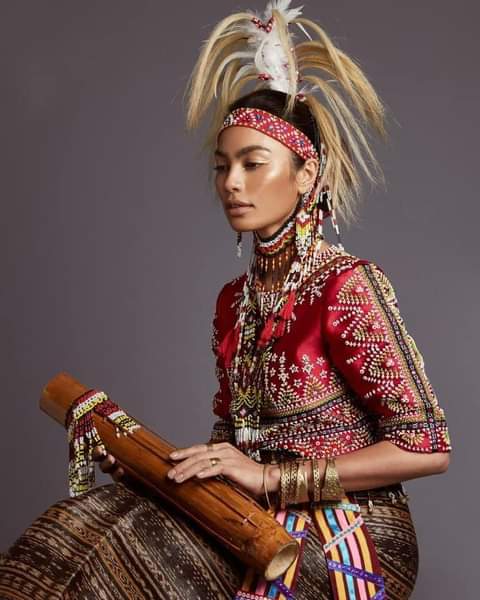
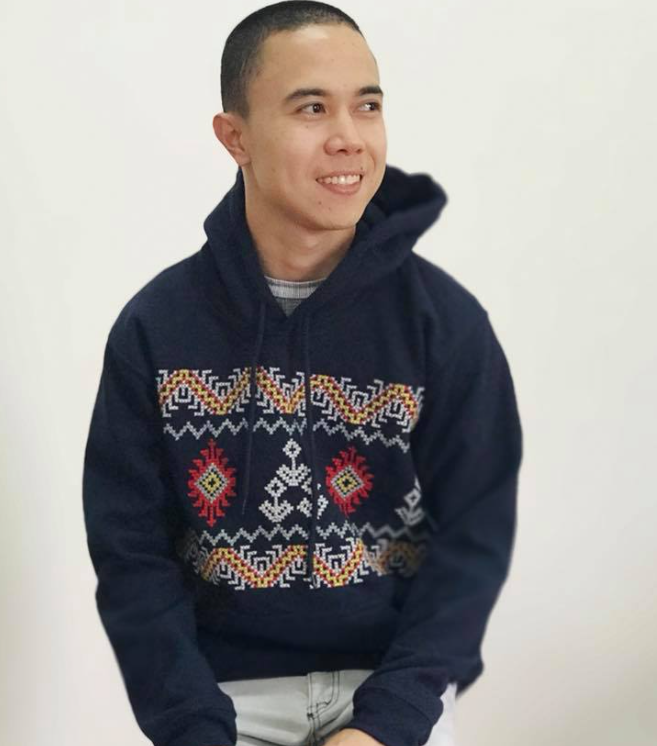
Wilson described his creation as “a traditional beaded blouse called Umpak ka Bayi, which is adorned with Pangulabe or an ornate beading that symbolizes the three main elements: Manobo (People), Manama (God) and Tana (Land).”
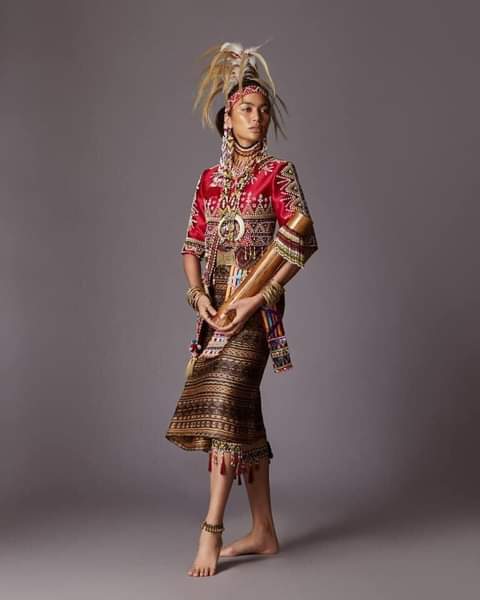
Designer Jaggy Clarino for Quezon City
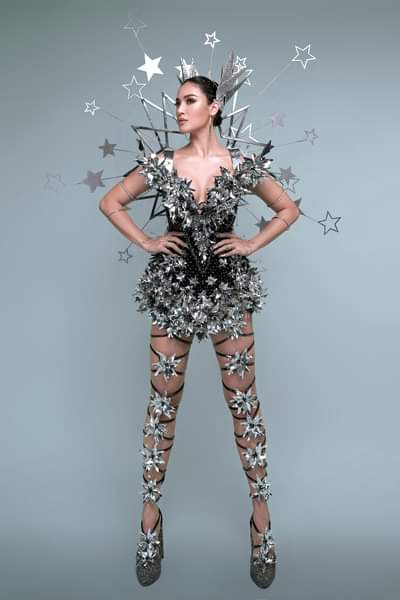
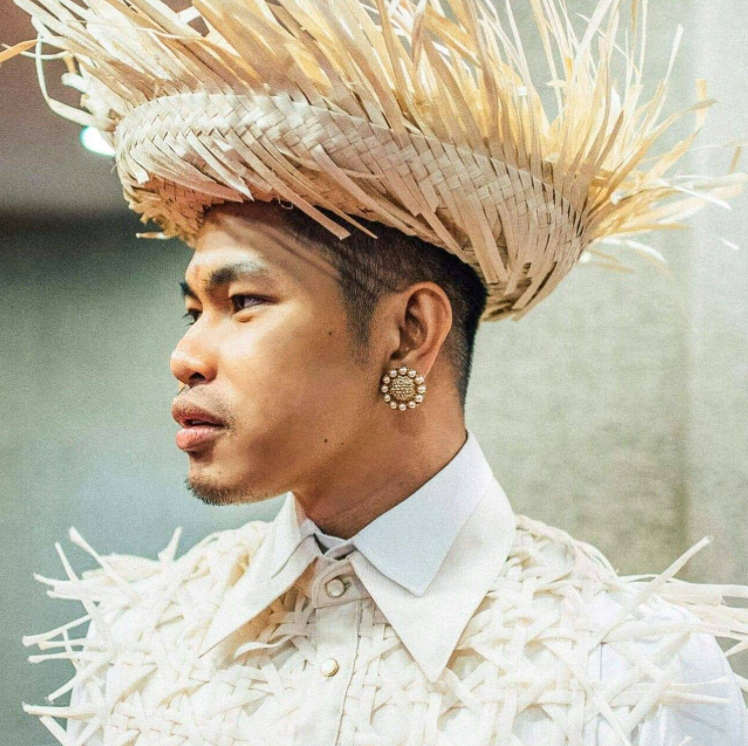
“Quezon City is known as the City of Stars. Many of our country’s top celebrities, artists, designers and creatives call this city home,” the designer shared on social media. “Elements of our dazzling entertainment heritage—the bodabil, the silver screen, and local television, for instance—inspire my national costume, with a silhouette and embellishments inspired by Pinoy superheroes like the iconic Darna.”
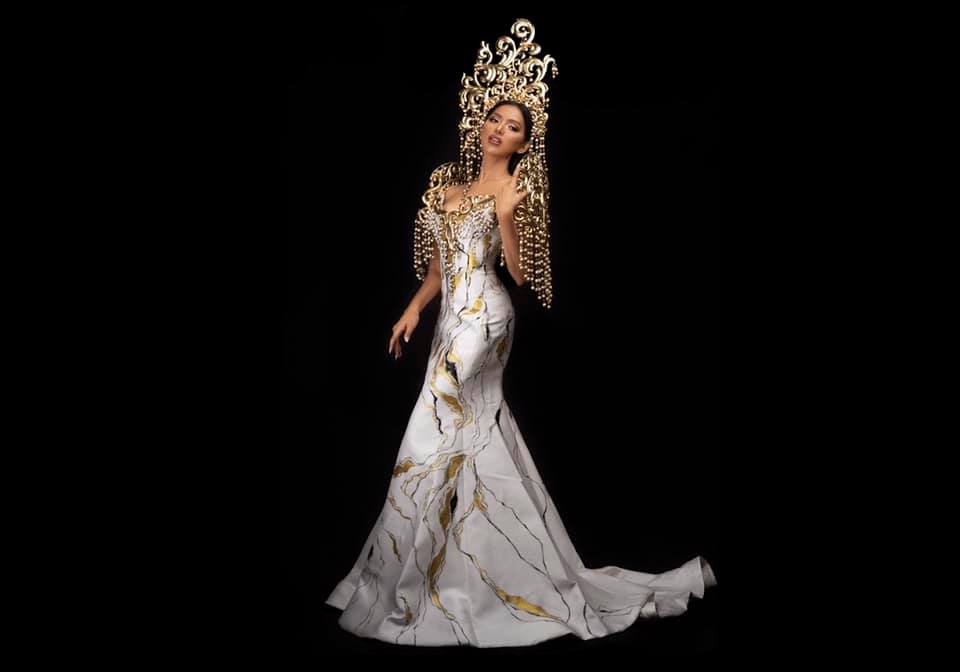
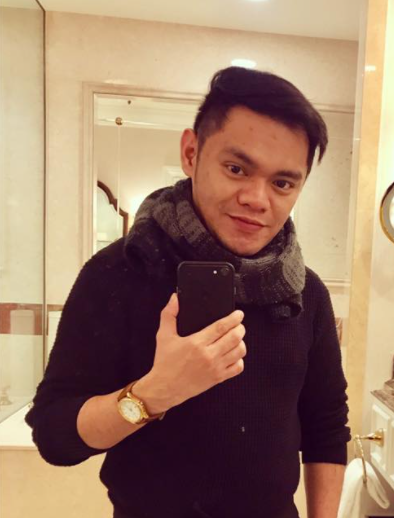 According to the designer, the gold-plated terno sleeves of this Filipiniana are made of a hammered brass inspired by the intricate vestment of the Century old Señor Santo Niño de Romblon. The shape and waves of the crown symbolize the capital city of Romblon and the water that surrounds it. The terno sleeves, crown and neckline are embellished with pearl-shaped real marbles.
According to the designer, the gold-plated terno sleeves of this Filipiniana are made of a hammered brass inspired by the intricate vestment of the Century old Señor Santo Niño de Romblon. The shape and waves of the crown symbolize the capital city of Romblon and the water that surrounds it. The terno sleeves, crown and neckline are embellished with pearl-shaped real marbles.